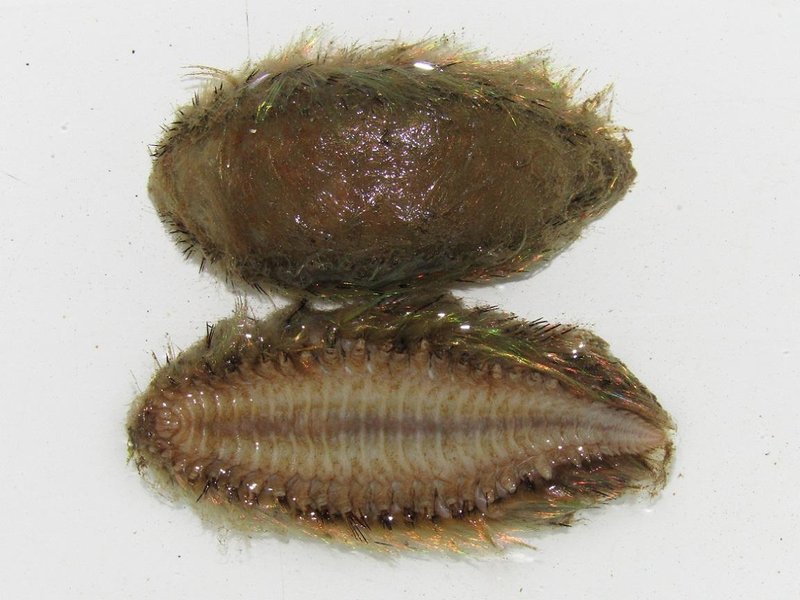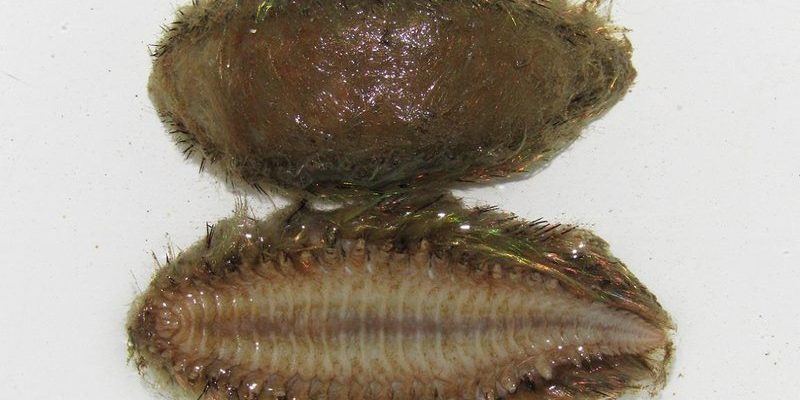
These preferences are not just about finding food or shelter; they also tell us a lot about the environment itself. Understanding the *Aphrodite aculeata* can give us insight into the health of marine ecosystems. Let me walk you through the habitat preferences of this intriguing species, exploring how these preferences intertwine with its survival and the broader ecological picture.
What Is the Aphrodite Aculeata?
Before we dive into habitat preferences, let’s get to know the *Aphrodite aculeata* a bit better. This fascinating creature is a type of marine polychaete worm, belonging to the family Aphroditidae. If you think of a worm as slimy and uninteresting, this one might change your mind! Often called the sea mouse due to its furry appearance, the *Aphrodite aculeata* sports a beautiful bristled coat that can shimmer under the water.
These worms can grow up to 10 cm long, and their body is segmented—just like other worms. They typically live buried in the sediment of the ocean floor, making them a hidden treasure of the marine environment. You might be wondering how these creatures find their way in such a vast underwater world. The truth is, their habitat preferences significantly influence their survival and behavior.
Preferred Habitat: Sandy and Muddy Substrates
The habitat preferences of the *Aphrodite aculeata* lean heavily toward sandy and muddy substrates. Think about your own preferences: maybe you love a cozy couch or a comforting blanket. For these creatures, soft seabeds serve several purposes. They provide shelter from predators and a rich source of food, while also offering the right conditions for them to thrive.
Sandy areas allow them to burrow and hide, using their bristles to anchor themselves. This is where they can find organic material and microalgae, which form a major part of their diet. A soft, rich substrate not only helps them feed but also affects their reproductive success, making it a crucial aspect of their habitat.
Temperature and Depth Preferences
Temperature plays a huge role in the habitat preferences of the *Aphrodite aculeata*. Generally, these worms are found in waters ranging from temperate to tropical zones. That’s a fancy way of saying they like it warm but not too hot! They show a preference for temperatures between 10°C and 25°C (around 50°F to 77°F). You might think of this temperature range as being similar to a perfect day at the beach—pleasant and just right for swimming.
In terms of depth, *Aphrodite aculeata* is known to inhabit waters usually around 10 to 200 meters deep. They prefer to stay within a certain range, where the sediment is just right and where they can find their food sources without too much competition. It’s like choosing the perfect spot on a busy beach, where you can relax without being overcrowded.
Light Conditions and Their Influence
You might not think about light when it comes to marine worms, but it’s a significant factor in their habitat preferences. While *Aphrodite aculeata* spends most of its time buried in the sand or mud, it still needs to consider light conditions for a few reasons. Light penetrates the water differently based on depth and clarity, which can affect the distribution of food sources in their environment.
Living in areas with moderate to low light is beneficial for the *Aphrodite aculeata*. It helps them avoid predators that hunt by sight and allows them to thrive in their preferred feeding zones. The balance of light exposure can also impact their growth and reproduction, just as it does for many other organisms in the ecosystem.
Impact of Environmental Factors
Environmental factors like water quality and pollution can significantly affect the habitats of the *Aphrodite aculeata*. Healthy ecosystems have clear waters filled with nutrients, ensuring that these worms have plenty to eat. However, pollution can lead to shifts in habitat conditions, like changes in substrate composition or water temperature.
For instance, sediment runoff from nearby land can suffocate these worms’ habitats, reducing food availability. Additionally, changes in water acidity due to pollution can impact the very fabric of the marine community they belong to. The health of the *Aphrodite aculeata* is an indicator of the overall well-being of its environment, much like how a canary in a coal mine signals danger.
Predation and Competition in Their Habitat
In nature, nothing exists in isolation. The *Aphrodite aculeata* must navigate a complex web of predators and competitors in its habitat. Animals like fish and other marine invertebrates may see the *Aphrodite aculeata* as a tasty snack, so it relies on its burrowing ability to escape predation.
But it’s not just about avoiding being eaten. There’s competition for food, too. When resources are scarce, these worms might have to fight harder for their share of organic matter and microalgae. Finding a suitable habitat that balances food availability with safety from competition is crucial for their survival.
Conservation and Future of the Aphrodite Aculeata
As we consider the habitat preferences of the *Aphrodite aculeata*, it’s essential to think about conservation. The health of this species reflects the state of our marine ecosystems. Factors like pollution, climate change, and habitat destruction pose threats to their existence.
Conservation efforts to maintain clean waters and healthy marine environments can help protect the *Aphrodite aculeata*. By taking actions to reduce pollution and promote sustainable practices, we not only help this unique worm but also the countless other species that share its habitat. It’s a collective effort, and every small step counts.
In summary, the habitat preferences of the *Aphrodite aculeata* are intricate and deeply tied to its survival. By understanding where these fascinating creatures live, we gain valuable insights into the health of our oceans and the importance of conservation. So next time you think about marine life, remember the *Aphrodite aculeata* and the delicate balance it maintains in its little corner of the sea.

